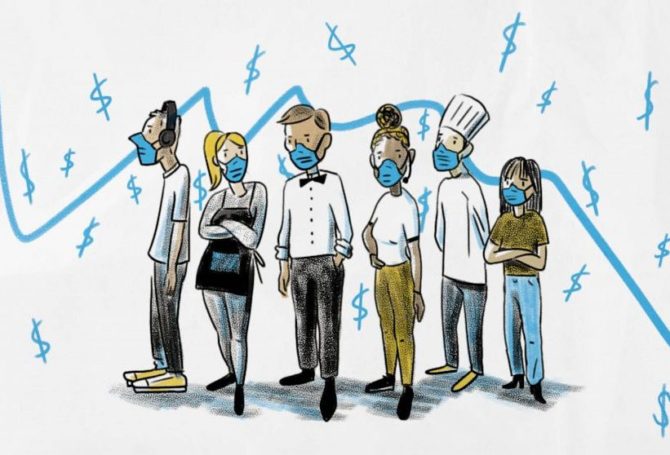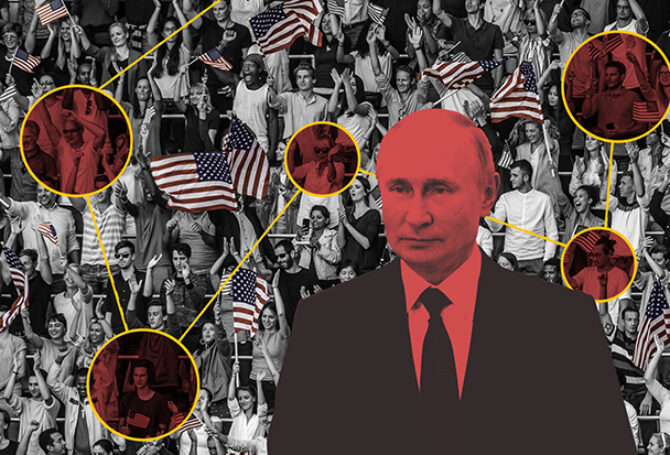
The lame duck session of Congress will consider a continuing resolution to keep the federal government running past December 11 when the current CR expires. The bigger question is whether the Republican-controlled Senate will entertain a larger, post-election coronavirus relief measure.
As the COVID-19 pandemic spikes with the coming of colder fall weather and more business closures loom, pressure is expected to grow for further financial aid. Delaying passage of another round of financial relief could make the eventual need even greater.
“The delay in providing the stimulus almost surely will increase the amount of money necessary to restore the economy,” Joseph Stiglitz, Nobel-prize winning economist and Columbia University professor, told Salon in an interview. “Balance sheets of households and firms get eroded and firms go bankrupt. Digging yourself out of a deep hole is much more expensive than preventing a decline into a deep hole – another instance in which the aphorism an ounce of prevention is worth a pound of cure is applicable.”
The delay in providing the stimulus almost surely will increase the amount of money necessary to restore the economy.
With the benefits of previous financial relief used up, Senate Majority Leader Mitch McConnell says another relief package is the first priority of the lame duck session, but he continues to say $500 billion is his limit for a new relief package. House Democrats have pushed a $2.2 trillion package.
In the same Salon article, Michael Graetz, a former senior US Treasury official, provided this summary of what’s needed in a package to stave off recession, which he estimated would cost in the $2 trillion range:
- Additional loans and grants to keep businesses open;
- Enough money to provide at least $300 to $400 per week in federal unemployment benefits;
- Funding to help struggling hospitals;
- Another round of $1,200 checks to help people pay rent; and
- Funding to help state and local governments that have run out of money.
Graetz says the relief package needs to tide over the US economy for at least six months until an effective vaccine is widely available.
Other economists say an even larger package is needed, perhaps in the $3 trillion range, to reduce unemployment and propel economic recovery. Financial assistance also may need to stretch over multiple years to transition from a stimulus-led economy to a private-sector-led economy.
Republicans have begun to raise concerns about burgeoning national debt. Economists agree that is a concern, but they warn the debt could deepen and last longer if a recession lingers. The pandemic has exposed serious gaps in the social safety net and the vulnerability of many American families that have exhausted their savings. The low pre-COVID unemployment rate disguised those gaps, which may drag down the entire post-COVID economy, according to Josh Bivens of the Economy Policy Institute.
Federal Reserve Chair Jerome Powell has said, “We’ll have a stronger recovery if we can just get at least some more fiscal support when it’s appropriate and to the size that Congress thinks it’s appropriate. There are plenty of people on Capitol Hill – on both sides of the aisle, on both sides of the Hill – who see a need for further fiscal action and understand perfectly why that might be the case.”
After a virtual meeting with corporate and labor leaders today, President-elect Joe Biden urged congressional adoption of a financial relief package comparable to the HEROES Act approved by House Democrats. Biden indicated the financial assistance is a critical first step to rebuilding the US economy after the coronavirus has been brought under control.




